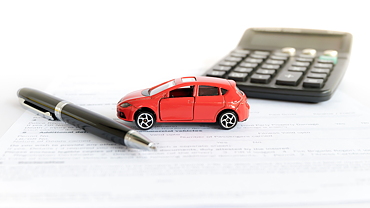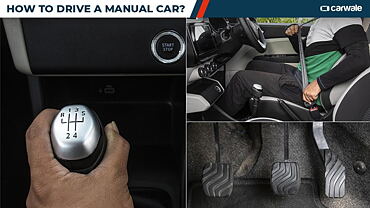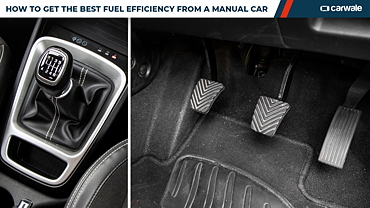Travelling to work by car might be convenient, but with high petrol prices, it's not exactly economical. We analyse alternative modes of travel that offer better savingsDriving to work all alone in a car isn’t the only way to commute. But it is without doubt extremely convenient. For starters, you are mostly in command of the situation. You can alter your departure times, take detours at the last moment and even make plans at the eleventh hour without having to worry about finding your way home. Plus, you don't have to fight for a seat or jostle your way onto a bus or a train or get nudged or pick-pocketed in the bargain. However, travelling by car all alone is an expensive proposition today and therefore switching to other modes of travel like public transport, is now more of a necessity, even if it is for three days in a week. Now, if you are in Mumbai for instance, you have it really good. There are trains, buses and reliable and cost effective auto-rickshaws and cabs. Delhi too is sorting out its public transport system and the introduction of the metro has dramatically changed the way people commute in the city. But, a public transport system can't exist everywhere. Thankfully, there are other ways to get around rather than travelling alone by a car and spending a lot more money on fuel than you should. Here are your options along with their pros and cons.

Public Transport Bus: As is the case with trains, buses too, help cut down on commuting costs significantly. However, these are most effective for shorter commutes. On longer commutes, there’s less predictability on their commute time as buses, like cars, are affected by traffic snarls. Also buses might prove more expensive compared to trains if the travel distance is long. The good news is, most big cities now run air-conditioned buses and the staff on board are getting more courteous as well. Also, the frequency of buses on routes is increasing, so are the number of destinations that these buses connect to within cities. Pros Connects places that trains don’t. Cheapest option for short commutes and frequency. Cons Expensive over longer distances. Increases travel time compared to trains. Prone to delays caused by traffic jams and mechanical failures.

Car pool: A sure way to bring your commuting cost down by a fourth is car pool. Car pool involves four car owners, who jump into one car and commute to work rather than each individual taking his or her own car to work. Each member uses his or her car on a rotation basis, which can range from a weekly rotation to a monthly one. You can have five people in a car to make this system more cost effective, but it will be at the cost of comfort. Pros Fuel saving. Also less wear and tear of car and safety in numbers. There’s always a backup if your car fails to get going in the morning. Cons Finding like-minded people isn’t easy. You need a group that’s travelling to the same general location. Safety for women might be an issue if members are not chosen properly or without a proper background check.

Train/Metro: It might not be the most comfortable or even direct in terms of point A to point B commute, but the cost savings with this mode of commute are huge, especially for those who travel longer distances every day. Earlier trains used to be pretty basic and did not have too many stops, but now these have become extremely convenient — be it the number of halts or having air conditioned coaches.
Pros Compared to the cost of petrol involved in daily commute, a train ticket is much cheaper. There are less chances of a delay and there there’s more predictability in terms of arrival time.
Cons More than one connection may be required, which can be inconvenient. Time taken might be longer too and the station might not be close to your house or work, which might make the commute stressful.

Cab/Auto: An expensive commute option, auto-rickshaws or cabs are best for emergency situations like when running late or if you need to arrive for a meeting in clothing as stiff as the ironing board itself. Cost saving by this mode of commute is hardly any. In fact, in many cases it might prove to be more expensive. Plus, cabs or autos may not be a very safe option especially for women unless one uses radio cabs. But, when it comes to connecting the dots that fail every other mode of transport, these are your best bet.
Pros Customisable commuting option where you can dictate the route, have door to door service, it’s comfortable almost like a chauffeur driven car.
Cons Expensive, prone to mechanical failure. No certainty about the driver’s motoring skills and affected by road situations and traffic congestion.





